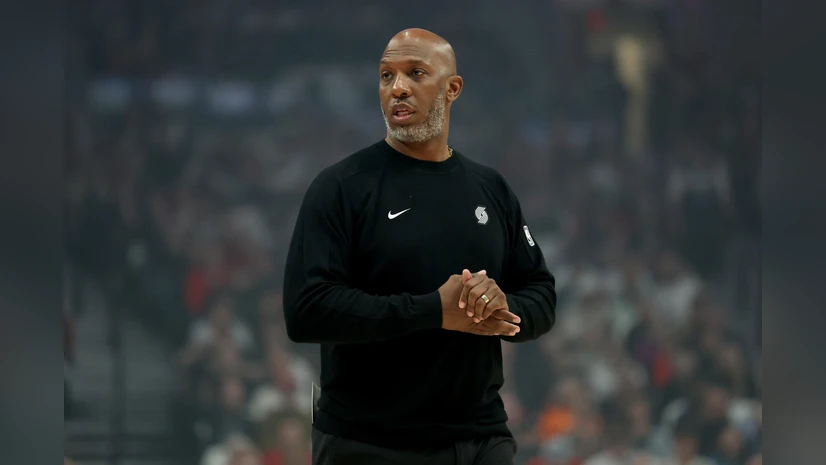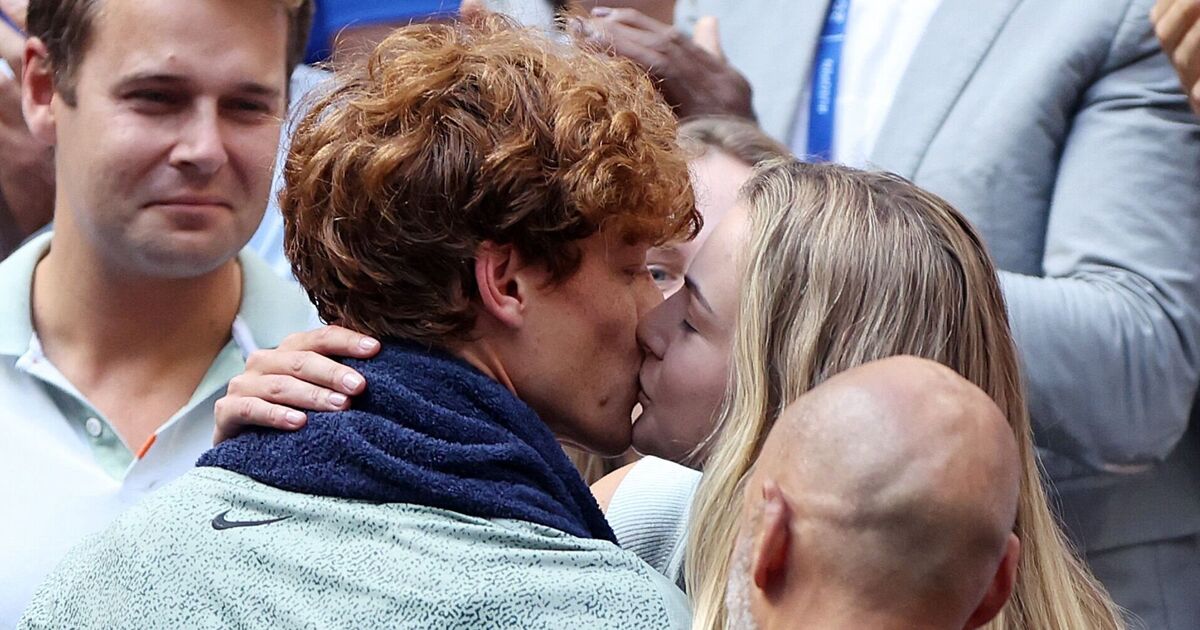At a Las Vegas poker table, one of the gamblers — known among mafia associates as a “fish,” or easy mark — appeared thrilled to lose money to an NBA legend.
“He was star-struck!” one of the men later charged in the scheme texted. “Yeah, I know,” replied another, who prosecutors say was secretly signaling how to cheat. “They all were, really.”
The basketball star at the center of it all was Portland Trail Blazers coach Chauncey Billups, now indicted for his alleged role in a yearslong gambling operation tied to four of New York’s most notorious mafia families.
Just days into the 2024–25 NBA season, U.S. basketball was rocked by news of sweeping federal indictments related to illegal gambling. Arrested alongside Billups were Miami Heat guard Terry Rozier and Damon Jones, a former NBA player and personal shooting coach for LeBron James.
Rozier was charged as part of a separate probe into players allegedly altering their in-game performance to influence betting outcomes — a scandal authorities called one of the boldest since sports betting was legalized nationwide.
According to prosecutors, the poker scam stretched from Las Vegas to Miami, the Hamptons, and New York City, where the Bonanno, Colombo, Gambino, and Genovese crime families allegedly agreed to split the profits.
Billups, 49, who built his career on reading plays and opponents, was apparently being read himself — only this time, it was at a poker table.
The device in question looked like a standard $10,000 DeckMate card shuffler, commonly used in casinos. But prosecutors say it had been modified to scan every card and send the data to a remote laptop.
That information was relayed by someone called “the Driver” to an accomplice at the table, known as “the Quarterback,” who then signaled the player using subtle cues — a tap on the wrist, a brush of the chips, or a prolonged glance.
Text messages uncovered by investigators revealed the scheme’s sophistication. Billups and Jones weren’t just players — they were the stars of a show designed to lure wealthy marks.
Prosecutors allege the pair received payouts from games that were little more than fronts for a multi-state gambling and money-laundering operation backed by organized crime.
The four New York families financed and protected the poker network, taking cuts from the winnings and enforcing debts “by any means necessary,” prosecutors said.
NYPD Commissioner Jessica Tisch called the collaboration “extraordinarily rare,” underscoring how lucrative the operation was. Victims who thought they were playing fair poker reportedly lost millions — one as much as $1.88 million — with total losses exceeding $7 million.
The Bonanno family allegedly ran the “Lexington Avenue Game” in Manhattan, while the Gambinos operated one nearby. In 2023, they merged operations, agreeing to divide the proceeds from both rigged and legitimate tables.
Surveillance photos captured Bonanno member Julius Ziliani meeting Gambino associate Lee Fama at a nearby bar, where prosecutors say they discussed profit splits.
What made the racket modern were its tools. Photos from iCloud accounts showed DeckMate machines disassembled on kitchen tables, exposed circuit boards, and computer screens displaying the exact order of cards in play. One image even revealed a poker table glowing with x-ray-style lighting beneath the felt.
In text exchanges, members cautioned each other about suspicious winning streaks — such as when Billups and another player improbably hit two “gutshots” in a row. To avoid drawing attention, they allegedly agreed to throw a few hands.
Before a separate Miami game, conspirators exchanged coded signals: touching a $1,000 chip meant one player had the best hand, tapping the chin indicated another, and touching black chips signaled that the victim — the “fish” — was ahead, prompting others to fold.
Over time, the mafia families began treating the poker operation like any other business. The Bonannos and Gambinos took percentages, while the Genovese and Colombo groups offered loans and muscle. Those who didn’t pay were threatened or assaulted.
In one case, a player who failed to repay debts was beaten. Another, owing $10,000, received menacing messages before delivering half the amount in person.
When a rival operator stole a DeckMate machine, gunmen allegedly carried out an armed robbery to retrieve it. And when another organizer tried to start his own game, mob members reportedly stormed the room mid-play with a gun and a baton.
“When people refused to pay,” Tisch said, “these defendants relied on traditional mob tactics — threats, intimidation, and violence — fused with modern technology to expand their reach.”
Money from the scheme was laundered through shell companies and cryptocurrency accounts. One transaction cited in court documents showed a $100,000 wire transfer exchanged for $97,000 in cash.
That same day, prosecutors unsealed a second indictment charging Terry Rozier and others with using insider information about injuries and lineups to place illegal bets on NBA games.
Damon Jones, already charged in the poker case, appeared in both indictments — serving as the link between the locker room and the card room.
Attorneys for Rozier, Jones, and Billups have not yet commented.
Federal investigators say the case illustrates that organized crime remains active — now blending old mafia methods with new digital tools — and that celebrity athletes have become the perfect front to make these schemes look legitimate.




